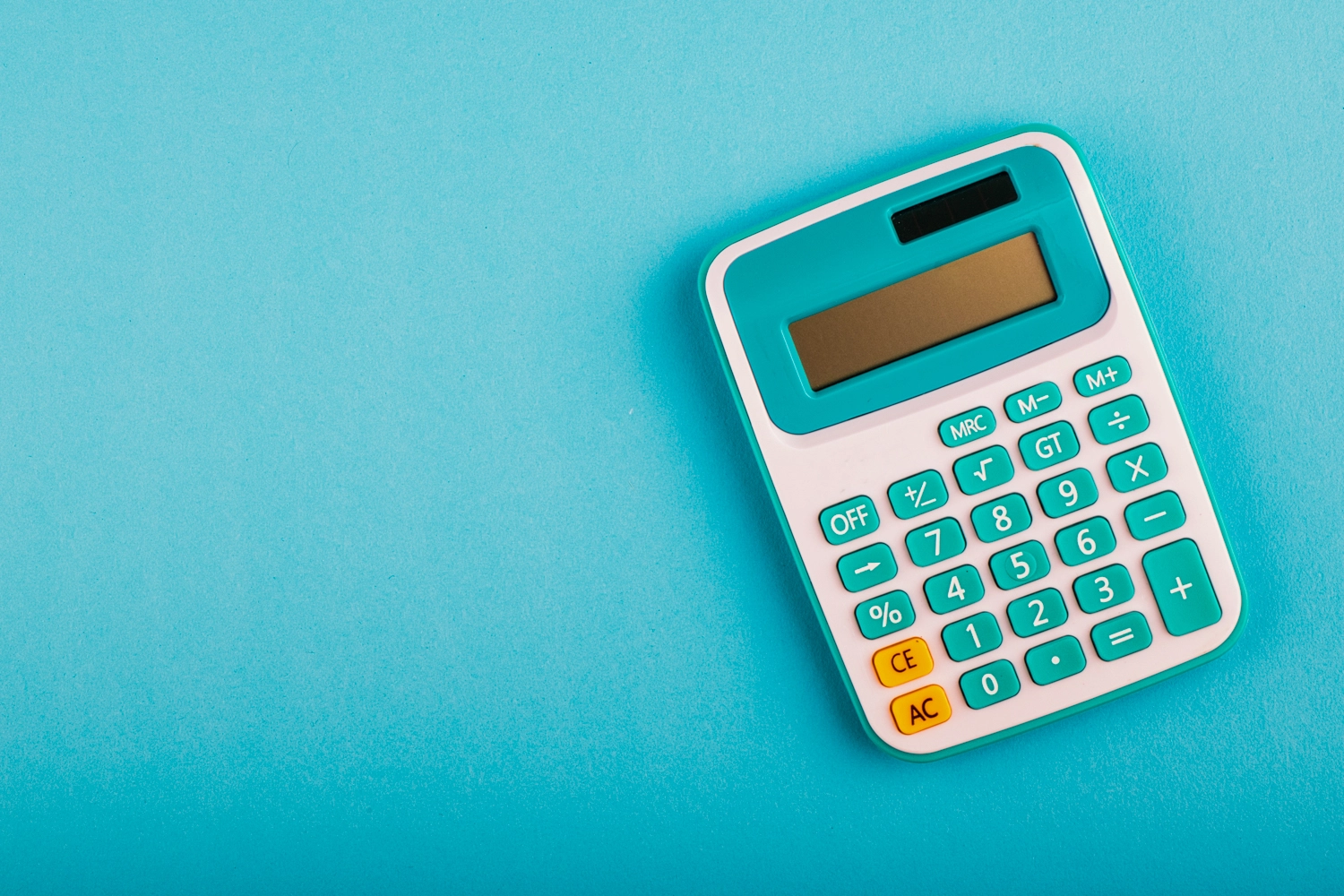
Beginning Your Fiscal Year Budget In Four Steps
“You’re only four steps away from building a holistic and sustainable communications budget for the coming year.”
Celeste Brown
Now that the 2023 tax season is out of the way, there’s something else coming: beginning fiscal year 2024. Like many people, you probably cringed at the thought…
If you’re feeling overwhelmed about where to start, you’re not alone. Making a budget can feel downright intimidating!
The good news is you’re only four steps away from building a holistic and sustainable communications budget for the coming year.
You can do this!

Ask: What Are Our Main Goal(s) for Beginning Fiscal Year 2024?
When tackling a challenging project like a budget, it’s easy to try and jump through to the middle. Beginning fiscal year 2024 might be the hardest part! But you can’t make any decisions unless you know what you’re making decisions about!
To get down to it, you and your team can discuss things like your desired impact, specific partners you want to work with, what deadlines you’ll have, and the kinds of content you want to create.
If it helps, think about these questions in light of your overall vision. Are there certain parts of your vision you want to emphasize this year? Or one part of your mission you want to highlight, like a theme?
If talking about this through a vision lens interests you, we have a resource on vision casting that you can access here.
Pick: What Method Are We Going to Use?
When it comes to budgeting, there are three common methods: by percentage, by dollar, or by increments. What does this mean? Well, if you’re looking at the percentage method, you’d pick a certain percentage of your overall budget to spend on marketing (like 15%), and that would be it.
For the dollar method, you’d pick a set amount based on the previous year(s). And incremental budgeting means you’d decide on a percentage to increase your communications budget throughout the year, sort of like quarterly raises. Prosper Strategies has more on this—and they share other common non-profit budget planning mistakes you don’t want to make.

Decide: What Communication Channels Do We Plan to Use?
Say you already have a website and a Facebook page…those would be two communication channels. But what others can you add to your stack? Consider adding a more widely visited social media platform such as Instagram, and a monthly newsletter to update your donors and partners on the great work you’re doing.
If you choose to begin a newsletter, the keys to higher open rates are consistency and value. What are you offering your readers that they can’t get anywhere else—in a timeframe that works best for them? The UX Collective has a list of other channels that could help you spread your message, too.
And don’t dismiss print! Physical paper might not be as popular, but it can still bolster your communications efforts. Print lets you connect with your customers or partners that may feel uncomfortable with technology. But it offers another surprising benefit. UK media specialist Galloways says print is often easier to read than digital content, and it has a marketing advantage: Advertisement recall is 1.7 times higher with print.
Confirm: What Number Do We Need for Beginning Fiscal Year Off Well?
No matter what method you use, you’ll need a specific number (or, at least, a range) to begin with. To help you get more specific, think about fundraisers you have planned, donors and partnerships you know of and grants you plan to apply for.
We encourage you and your team to think through your entire year. Pull out your planner—or put up that big dry erase whiteboard calendar you finally invested in—and write down all major events and initiatives you know are coming. You don’t want to accidentally leave anything out of your budget!
Don’t forget to include any communications programs or subscriptions you might need. These could be tools like Microsoft, Slack, or Zoom, or others like OneDrive, Google, WordPress, or Mailchimp. You want to ensure you have all the tools and programs in place, ready to go, so you don’t run into funding issues later in the year.

Bonus: A Free DIY Communications Ebook!
Beginning fiscal year 2024 isn’t something you have to do alone. We want to give you a leg up, so we’ve created a free ebook called “Creating Sustainable DIY Communications Plans.” It’s a guide on how to begin building your own communications plan. There are templates and worksheets included!
If you’re really stuck, reach out to us! Our team loves to help teams just like yours get their communications budgets sorted and ready to go.
Still feeling intimidated? Think about it like exercising. You can’t just jump into an hour-long strength training workout (Well, you could, but you’d be super sore the next day!).
To build up your stamina, you have to slowly work up to it. That could mean just 15 minutes a couple times a week.
So maybe in order to wrap your mind around creating your budget, you need to start small. Try setting 30-minute blocks in your schedule over the course of a week or three weeks, and focus on getting the most out of those slots.
You could even plan to tackle one step a week with your team—in a month, your communications budget for beginning fiscal year 2024 could be ready to go!
Remember this: Just start somewhere! Something is better than nothing.
